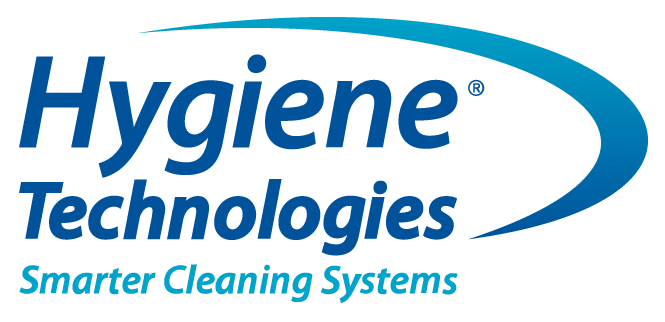Hello Guest,
Save money by stopping contamination a different way…
In the food processing game, having a “stopping contamination” mind-set is almost second nature – because it has to be. From the design of your factory, the process flow of your production line, to the SOP’s for your staff, all are heavily influenced by the need to keep potential contamination out of your product. A lot of the accepted standards in factory design and traffic flow within the factory were established many years ago, based on proven “best practice” at the time.
However, a system originally developed for the high-end German car industry can now challenge traditional thinking in four specific areas of food factory design-
The four specific areas are:
- Pedestrian entrances from low to high-care zones (commonly known as the “red-line entry”).
- Inside a high care zone- often soils /food source for pathogens get transferred throughout these zones by feet or wheels especially high traffic areas such as thoroughfares or sample points within these zones.
- Forklift and wheeled trolley entrances to production areas including airlocks
- Maintenance workshop entrances into production areas
Before we explain more how this system works in these three areas, first ask yourself how much you could potentially save if any of the below scenarios apply to your situation…
- If your production staff didn’t have to change their footwear or put on overshoes every time they entered or exited the red-line. Think of how many staff you have, how many times in a shift they cross the red-line, and how long it takes them to change their footwear each time. Aside from the time saving, how much would you save in gumboot or overshoe costs?
- If you did not need to clean dry powder build-up off footwear treads in high care red line areas.
- If you didn’t have the capital expenditure of buying automatic boot cleaning machines, or paying for their running costs, or their maintenance and spare parts?
- If you didn’t have to allow for a separate forklift to operate exclusively inside the red-line in order to avoid cross contamination?
- If you did not have to clean up frequently dust/ tyre dust, wet tyre marks from your warehouse / entry points tracked in by hoists/ vehicles.
- If all wheeled items – forklifts, trolleys, rubbish skips, pallet trucks could use the same common entrance and exit point?
- If you could greatly minimise the possibility of any swarf tracking from your engineering department into your production areas?
- If you could significantly reduce the amount of contamination coming into your factory via the floors, and the cleaning costs and risks associated with this?
All of the above possibilities can, and have been achieved around the world in factories like yours, thanks to the unique Profilgate System from Germany that has been scientifically proven to work as claimed (report available on request).

Check out this helpful article from the manufacturers recent research.
If we take a closer look at the various reasons why food manufacturers have to take responsibility for recalls, we see that microbiological contamination and foreign bodies are the two top reasons. They account for almost two thirds (63%) of recalls from 2011 to 2018.
With the ProfilGate System these problems are directly targeted by removing and capturing the dirt from tires and shoes just by driving or walking over it, before the critical zone is reached.
The patented system actively scrubs off the dirt from tires, wheels and shoes when they pass over the ProfilGate grates and its unique angled brushes.
Dirt and foreign matter fall down and are simply collected in the capturing tray, underneath. The system operates automatically and does not need any external energy supply.
Also available is a “wet Aqua” version which not only cleans the shoes and wheels but also applies sanitising solution to them as they pass over.
If you are looking at reducing the costs in your factory and improving the level of hygiene, reducing the potential for recalls – then this fresh approach to a traditional problem could be your answer. Fill in the form below and our team of experts can answer any questions you may have.
Post by Lincoln Field
